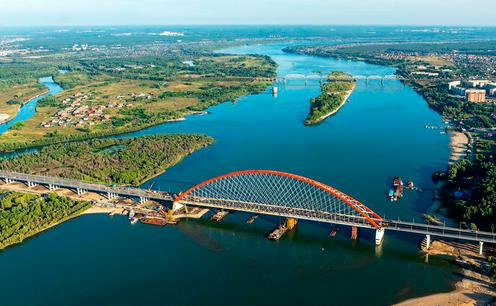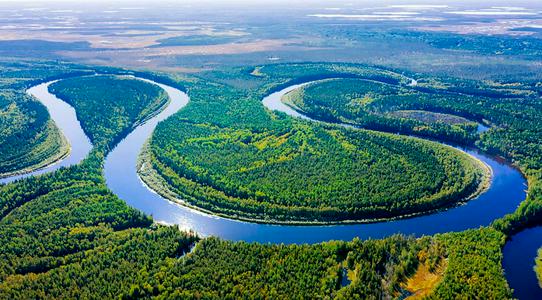The Russian Academy of Sciences (RAS) will examine the feasibility of diverting part of the water from Siberia’s Ob River to Central Asia, including Uzbekistan, Forbes reported, citing RBC.
The plan revisits the Soviet-era proposal to redirect Siberian rivers, developed in the 1970s, which envisioned open canals delivering water to the arid regions of Central Asia. The updated concept involves a closed pipeline system that scientists believe would reduce water losses and limit environmental impact.
The decision to study the project was made at an October meeting of the Scientific Council of the RAS Department of Earth Sciences on “Terrestrial Water Resources.” Participants examined Russia’s long-term water strategy, including “the feasibility and consequences of large-scale inter-basin and transboundary river flow transfers, their climate effects, and their impact on the socio-economic development of participating countries.”
According to Viktor Danilov-Danilyan, scientific director of the RAS Institute of Water Problems, researchers plan to propose that the Ministry of Science and Higher Education include funding for research on the topic in the state program.
Two priority ideas were discussed: redirecting part of the Ob’s water toward the Aral Sea basin on the Uzbekistan–Kazakhstan border, and diverting the flow of the Pechora and Northern Dvina rivers into the Volga basin toward the Sea of Azov. Scientists argue that such measures could improve the water balance within Russia while addressing shortages in Central Asia.
Lev Gorilovsky, chair of the board of the “Polyplastic” Group, proposed constructing a closed pressurized pipeline consisting of seven lines and stretching about 2,100 kilometers. He estimated that the system could initially deliver 5.5 billion cubic meters of water annually, with the possibility of increasing supply three- to fourfold. The company later stated that Polyplastic is not involved in and does not initiate any Siberian river diversion projects, and that its input was provided solely on a scientific and expert basis.
Academician Robert Nigmatulin drew attention to the deepening water and energy shortages in Central Asia. He noted that water scarcity is already contributing to desertification, declining crop yields, and broader socio-economic risks. Using even a fraction of the Ob’s annual flow — between 20 and 70 cubic kilometers out of a total volume of 3,000 — could help ease the region’s crisis, he said, while also “reducing thermal stress on the Arctic.”
Dmitry Sozonov, a project lead at the consulting firm IES Engineering and Consulting, estimated that the water diversion system would require at least $100 billion in investment and no fewer than ten years to construct. He cited Libya’s Great Man-Made River and California’s aqueduct as comparable large-scale infrastructure projects.
In the 1970s and 1980s, the USSR Ministry of Water Management studied the possibility of diverting water from Western Siberian rivers — the Ob, Irtysh, Tobol, and Ishim — toward the Aral Sea. After nearly two decades of research and planning, the Politburo of the CPSU Central Committee halted the project in 1986.










